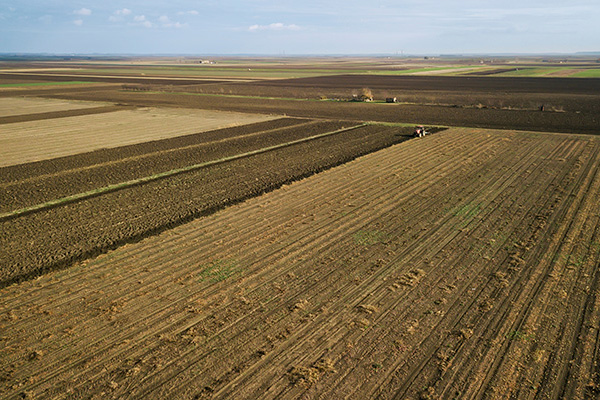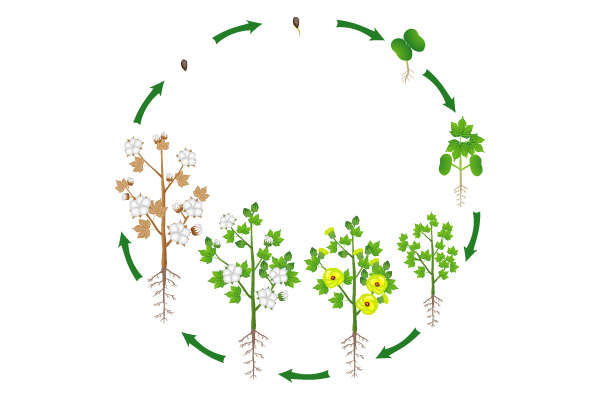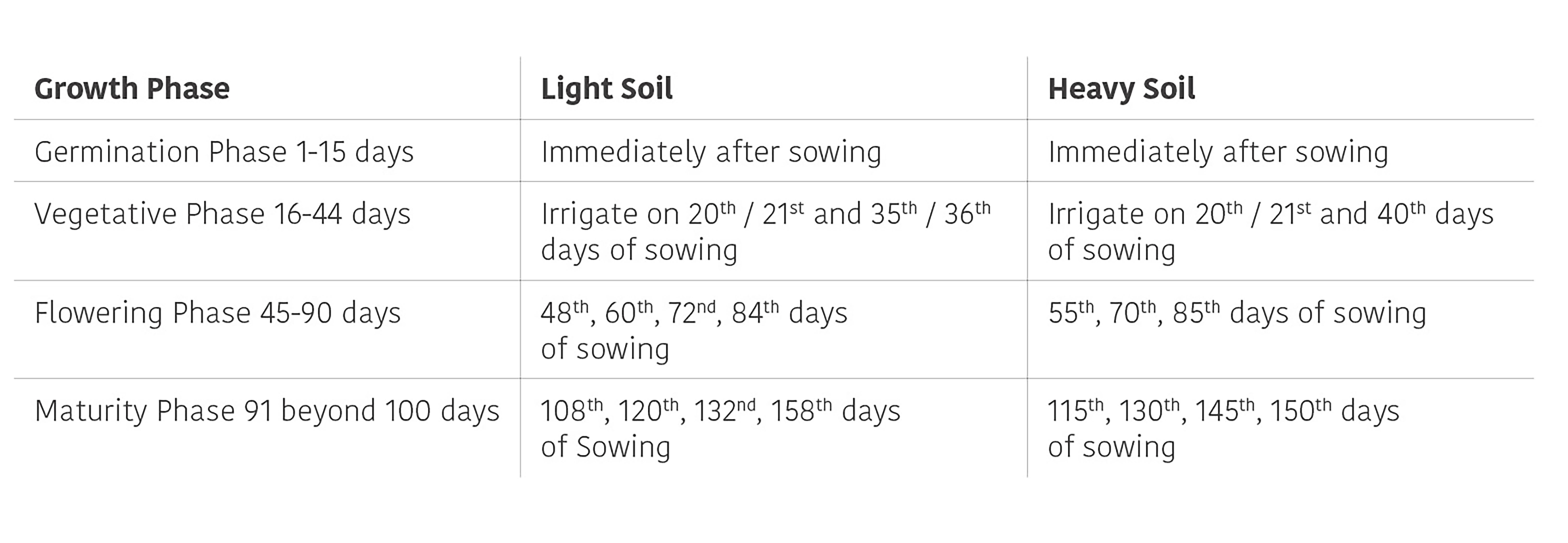Cotton: An Introduction to Cultivation Practices
The cultivation of any plant or crop is as much an art as it is a science. With cotton, here are a list of exhaustive steps to ensure that the field is prepared adequately before the seeds are sown.
Tilth
Cotton is a long duration crop and it requires considerable amount of water throughout its cultivation. The reproductive phase of cotton ends before the monsoon period and the crop needs as much water to grow beyond this phase. Therefore, preparing the tilth is a very important step.
Black cotton is most ideally suited for cotton cultivation because it holds more water and ensures that the soil stays moist for a long period of time.

Chiselling Hardpan Soils
For hardpan soils, chisel the shallow depths with chisel plough at 0.5 M interval, first in one direction and then in the direction perpendicular to the previous one, once in three years.
Apply 12.5 farm yard manure or composted coir pith/ha besides chiseling to get increased yield.
Green gram or soyabean inter-cropping will require ridges and furrows. Therefore, sowing needs to be taken up 20 days earlier.
Application of FYM or Compost
A spread 12.5 t of FYM or compost or 2.5 t of vermicompost per hectare must be uniformly spread on the un-ploughed soil.
Application of Biofertiliser
Seed treatment with 3 packets of Azospirillum (600 g/ha) and 3 packets (600 g/ha) of Phosphobacteria or 6 packets of Azophost (1200 g/ha).
In addition, apply and 10 packets of Azospirillum (2000 g/ha) and 10 packets (2000 g/ha) of Phosphobacteria or 20 packets of Azophos (4000 g/ha) mixed with 25 kg FYM and 25 kg of soil on the seed line.
The above combination saves up to 25% Nitrogen.

This is a table that illustrates the growth phase of cotton.




